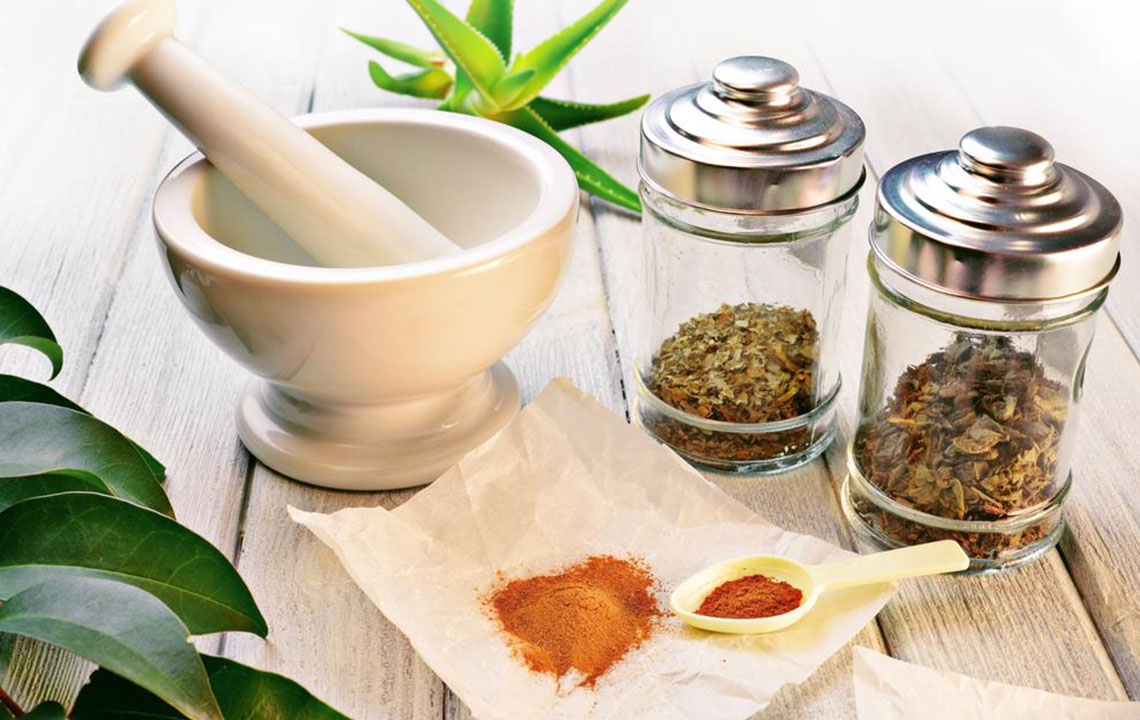How to Get Rid of Boils The Natural Way

A boil is a skin infection caused by the staphylococcal bacteria, also known as staph. Staph infections occur in the hair follicle or the oil gland under the skin surface. The bacteria enter through some breaks in the skin or travel through the hair follicle.
At first, the skin becomes tender and swollen; after which, a puss pocket appears on the top of the skin, which is painful. While boils can easily be treated at home with natural methods, antibiotic medicines are another option to get rid of them fast. However, visit a doctor if the boils are accompanied by other symptoms like high fever, chills, or multiple boils, also known as a carbuncle.
Read on to find out how to get rid of boils using common household ingredients. Try these remedies if you are wondering how to get rid of boils and clean your infection positively.
Warm Compress
This is the first useful way if you are thinking how to get rid of boils quickly. Make a hot compress by dipping a towel into warm water. Apply it to the affected area at least three to four times a day. Alternatively, you can also take a warm shower two to three times a day for a soothing effect. The warm water will soothe the inflamed area around the boils and help the puss reach the surface of the boil, causing it to burst and heal.
Tea Tree Oil
Tea tree oil is one of the best natural antiseptics available to us. It is used extensively to treat all kinds of skin problems like acne, bacterial infections and boils.
Take two to three drops of tea tree oil and put it directly over the affected area. The oil will soothe the skin and help prevent further damage. Tea tree oil drops can also be mixed with warm water in a bathtub before you soak your body in it. This is a soothing solution if you don’t know how to get rid of boils.
Onions
An onion is a natural remedy for those who wonder how to get rid of boils, and people swear by it. It is packed with antimicrobial and antibacterial properties. Just take a slice of onion and wrap it around the boil carefully. Keep changing the slice every few hours. The onion will drain the boil and help the skin recover fast.
Garlic
Garlic contains a compound called Allicin which has potent medicinal properties. For curing a boil, you can use garlic in multiple ways.
Crush three to four bulbs of garlic and place it over the boil for as long as you can. Alternatively, you can heat up a garlic bulb, slice it, and keep it over the boil. Wrap this with a cloth to hold it in place.
You can also use ready-made garlic capsules available in the market. Just break one of these and apply it to the affected area to soothe the pain and redness.
Garlic is also beneficial if ingested. Make sure to include lots of garlic in your food to combat boils. It is an ingredient for those who are thinking how to get rid of boils.
Indian Lilac
Indian lilac has been used in the traditional Indian medicine for centuries. It has antimicrobial and antibacterial properties. Neem is known to be used extensively during chicken pox to treat acne and other skin infections. It is a herbal way for those who have no idea how to get rid of boils.
To treat boils, just take a handful of neem leaves and boil it with two cups of water for 5 to 6 minutes. Boil the solution till it remains about one-third in volume. The water will be infused with the properties of the leaves and turn green. Remove the leaves and wash the affected area with this solution at least six times a day.
You can also take a handful of neem leaves and grind it to a smooth paste by using some water. Put this over the affected area to soothe the skin. Remember not to go very close to the grinder jar just after grinding the leaves. The strong chemicals released by the neem leaves will make you teary-eyed.
Bread Poultice
Bread Poultice is an effective remedy for treating boils. For this remedy, dip a piece of bread in plain water or milk. Put it on the boil and wrap it with a cloth to keep it in place. Bread poultice remedy will take two days to bring the boil to its head.
Basil Leaves
Basil leaves, also commonly known as Tulsi has many great medicinal properties. For treating a boil, grind a couple of tulsi leaves with an inch-long piece of ginger. Apply this thick paste over the boil and the area surrounding it for at least three to four times a day.
Antibiotic Treatment For Boils
Home remedies work effectively when one wonders how to get rid of boils. However, you can also go for some common, over the counter medicines like Neosporin and Ichthammol Ointment. Apply these medicines two times a day to alleviate the pain and reduce the redness around the infected area.
The given remedies work great for getting rid of boils. But, it is always best to consult a doctor if you encounter any severe skin damage.


